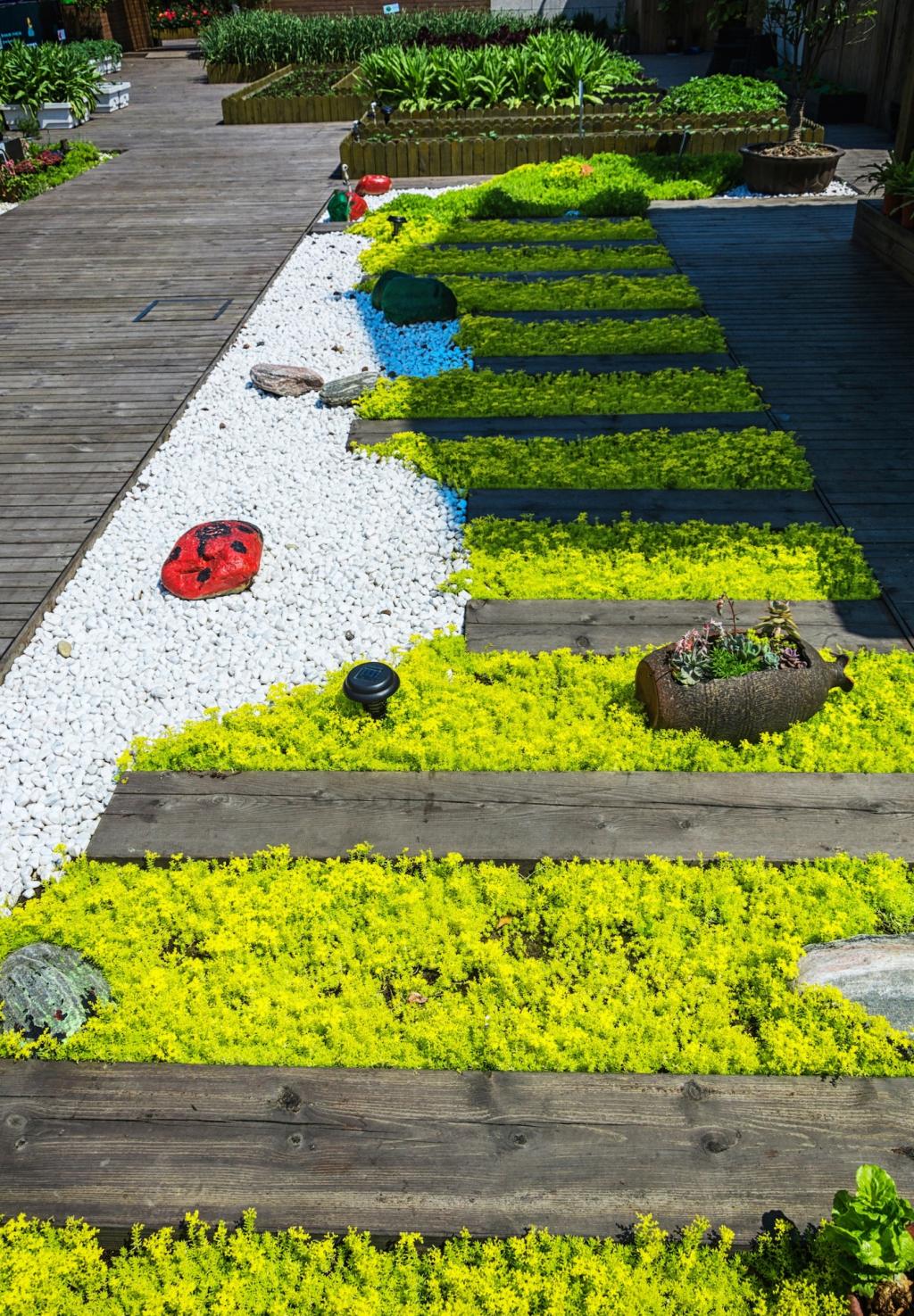
Using Recycled Materials in Landscape Construction: Build Beauty with a Lighter Footprint
Chosen theme: Using Recycled Materials in Landscape Construction. Step into a world where character, resilience, and sustainability meet. We transform discarded materials into enduring landscapes—and invite you to subscribe, comment, and shape this circular journey with us.
Reused materials cut manufacturing emissions, reduce quarrying, and preserve habitat. They also carry a narrative—brick with scuffs, timbers with maker marks—sparking conversations and pride. Share your favorite found material story in the comments.
Why Recycled Materials Elevate Your Landscape
Materials Palette: From Waste to Wow
Urbanite (Broken Concrete)
Lifted driveway slabs become rugged stepping stones, retaining edges, or terrace treads. Their irregular faces catch light beautifully. Learn to score, split, and rotate pieces for patterns, then show us your layouts for feedback.
Recycled Plastic Lumber
Impervious to rot and insects, it excels for edging, seating, and boardwalks. Pair with galvanized fasteners for durability. Have you built with it? Post a photo and note how it handled sun, weight, and temperature changes.
Reclaimed Brick and Historic Pavers
Weathered brick offers color depth new units can’t match. Dry-lay for permeability or set on sand-cement screeds for stability. Comment with your favorite bond pattern, from herringbone to basketweave, and why it works on your site.
Design Moves That Sing with Salvage
Mix brick, urbanite, and stone offcuts to create flowing paths that tell a material story. Repeat one element regularly to unify the palette. Ask us for layout grids, and share a sketch for quick community critique.
Wire baskets become retaining walls or benches when filled with salvaged brick chips and concrete. They drain freely and look contemporary. Curious about sizing and footing? Drop a comment with site slope details for tailored advice.
Pair reclaimed steel angles and timber offcuts for benches, or stack urbanite for steps. Upcycle food-safe barrels into planters. Always verify past contents. Share your favorite comfortable bench height so others can build smarter.

Build It Right: Techniques, Safety, and Standards
Check for contaminants, coatings, or creosote on timbers; avoid treated sleepers in food gardens. Clean mortar from bricks, wire-brush rust, and pressure-wash concrete. Ask questions about testing protocols, and we will point you to reliable guides.


Build It Right: Techniques, Safety, and Standards
Crushed recycled concrete makes excellent base course. Compact in layers, maintain fall for drainage, and include edge restraints. Describe your soil type below and we will suggest base thickness to keep paths solid and safe.
Finding and Budgeting Your Reclaimed Mix
01
Visit salvage yards, municipal depots, and demolition sites with permission. Browse neighborhood swap groups. Start a materials wishlist, then subscribe for our monthly sourcing roundup featuring vetted suppliers and seasonal availability tips.
02
Partner with contractors who deconstruct carefully, preserving brick, joists, and fittings. Offer to haul materials promptly to secure better pricing. Comment if you need a sample agreement; we will share a community template.
03
Measure meticulously, then add a contingency for breakage and sorting. Keep pallets dry and organized by size and color. Ask for our estimating worksheet, and tell us which project you’re planning so we can tailor it.
Keep It Thriving: Care, Sealing, and Seasonal Checks
Use breathable sealers on brick to resist stains without trapping moisture. Avoid glossy finishes on paths for safety when wet. Share your climate and traffic levels for a sealer recommendation suited to your materials.

Keep It Thriving: Care, Sealing, and Seasonal Checks
Choose UV-stabilized recycled lumber and verify manufacturer warranties. Shade where possible and design with expansion gaps. Post your latitude and exposure, and we will estimate gap sizes and expected thermal movement.
Case Study: Turning an Alley into an Oasis
A narrow urban alley flooded during storms and felt stark. We sourced broken sidewalk slabs, mismatched brick, and a dented steel drum. Share your tricky space dimensions and we will suggest a reclaimed palette that fits.
Case Study: Turning an Alley into an Oasis
We laid a compacted recycled-concrete base, set urbanite treads with gravel joints, stacked a low gabion bench, and turned the drum into a rain garden planter. Ask about our step-by-step notes and we will send a summary.
Case Study: Turning an Alley into an Oasis
Runoff now infiltrates; heat glare dropped noticeably. Neighbors recognized bricks from a local bakery renovation and pitched in. Post your before-and-after photos, and subscribe to be featured in our next community spotlight.
